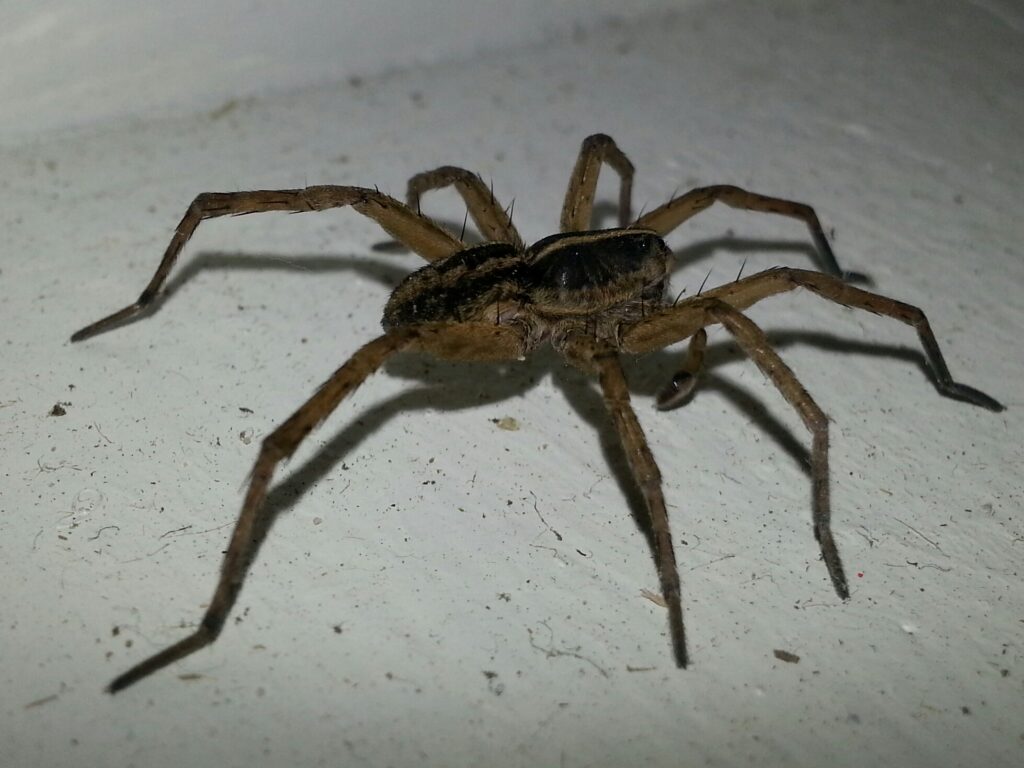 Spring is a time for warmer weather, blooming flowers, and unfortunately, an increase in rodent activity. As a homeowner, it's important to be proactive in rodent pest control measures to avoid a potential invasion. But the question remains, how effective is rodent control? While no method is foolproof, certain practices have proven to be more successful than others.
In this blog article, our experts at Truly Nolen explore the best spring mice control practices for homeowners. From sealing entry points to implementing natural deterrents, we'll cover everything you need to know to keep your home rodent-free this spring. So if you're searching for "rodent control near me" or looking for tips to improve your current efforts, keep reading for expert advice on rodent pest control during the spring season.
Spring is a time for warmer weather, blooming flowers, and unfortunately, an increase in rodent activity. As a homeowner, it's important to be proactive in rodent pest control measures to avoid a potential invasion. But the question remains, how effective is rodent control? While no method is foolproof, certain practices have proven to be more successful than others.
In this blog article, our experts at Truly Nolen explore the best spring mice control practices for homeowners. From sealing entry points to implementing natural deterrents, we'll cover everything you need to know to keep your home rodent-free this spring. So if you're searching for "rodent control near me" or looking for tips to improve your current efforts, keep reading for expert advice on rodent pest control during the spring season.
Understanding the Behaviour of Spring Mice
These little pests become more active after the chilly winter months, primarily for two important reasons: food and breeding. Understanding their behaviour and habits can help you effectively control their numbers and prevent them from making your home their habitat.Increasing Activity Due to Food Availability
During spring, the melting snow and warming temperatures lead to an abundance of food sources. This lures them out of their winter shelters in search of sustenance, making them more active and visible. They are omnivores, meaning they eat both plants and other animals. They tend to consume cereal grains, fruits, seeds, and sweets, but also won't hesitate to nibble on meat or dairy products if available.Breeding Season Begins
Spring also signals the start of the breeding season. A female mouse can have five to ten litters per year, with each litter containing up to six babies. This rapid reproduction rate can quickly lead to an infestation if not controlled efficiently. They typically mate shortly after coming out of winter hibernation, making spring a critical time for homeowners to manage rodent populations.Mice are Nest Builders
They are experts when it comes to nest building. They use a variety of materials, including shredded paper, cloth, or other fibrous materials to build their nests. These nests are often found in warm, quiet, and dark areas such as attics, garages, and basements. They'll also seek refuge in cluttered areas where their activity can go unnoticed for extended periods. Understanding these basic behaviours of spring mice is an important part of creating an effective pest control plan. Awareness of their habits can help you identify signs of infestation early and implement the necessary preventative measures.The Importance of Early Detection and Prevention
Early detection and action can make all the difference when it comes to controlling a possible infestation in your home. Mice, as with many pests, are capable of producing offspring at a remarkable rate. A single missed female can result in an increase in population that could quickly become overwhelming.Identifying Signs of Mice Activity
Knowing what signs to look for is your most effective tool in early detection. They are relatively skillful at remaining unseen, which is why vigilance is key. Here are some telltale signs that they may be present:- Droppings: Droppings are small, dark, and pellet-like. They're usually found in areas where food is stored, such as kitchen cabinets or pantries.
- Nest materials: As mentioned earlier, they use materials like shredded paper and cloth to build their nests. If you find such items around, it may be the sign of an active nest.
- Gnaw marks: They are notorious gnawers. If you find gnaw marks on food packages or structural elements of your home, this could be an indication of mice activity.
- Nocturnal noises: They are most active at night. Sounds of scampering feet, scratching, or squeaking in the walls or attic can indicate a mouse presence.
Implementing Preventive Measures
Prevention is a critical step in avoiding a full-blown infestation. By adopting certain preventive measures, you can significantly decrease the chances of a spring invasion of your home. Here are some practical steps to take:
- Food storage: Store all food items, especially grains and cereals, in airtight containers. This limits the food supply, making your home less attractive.

- Regular cleaning: Regular cleaning of your home, particularly the kitchen and dining areas where crumbs can accumulate, can considerably reduce the chance of intrusion. Remember, even a small amount of food can sustain a mouse.
- Reducing clutter: Mice love cluttered areas as they provide perfect spots for nesting. De-clutter your home, especially unused corners and storage areas.
- Outdoor maintenance: Keep your garden and lawn tidy. Overgrown vegetation or heaps of leaves can also offer ideal shelter.

